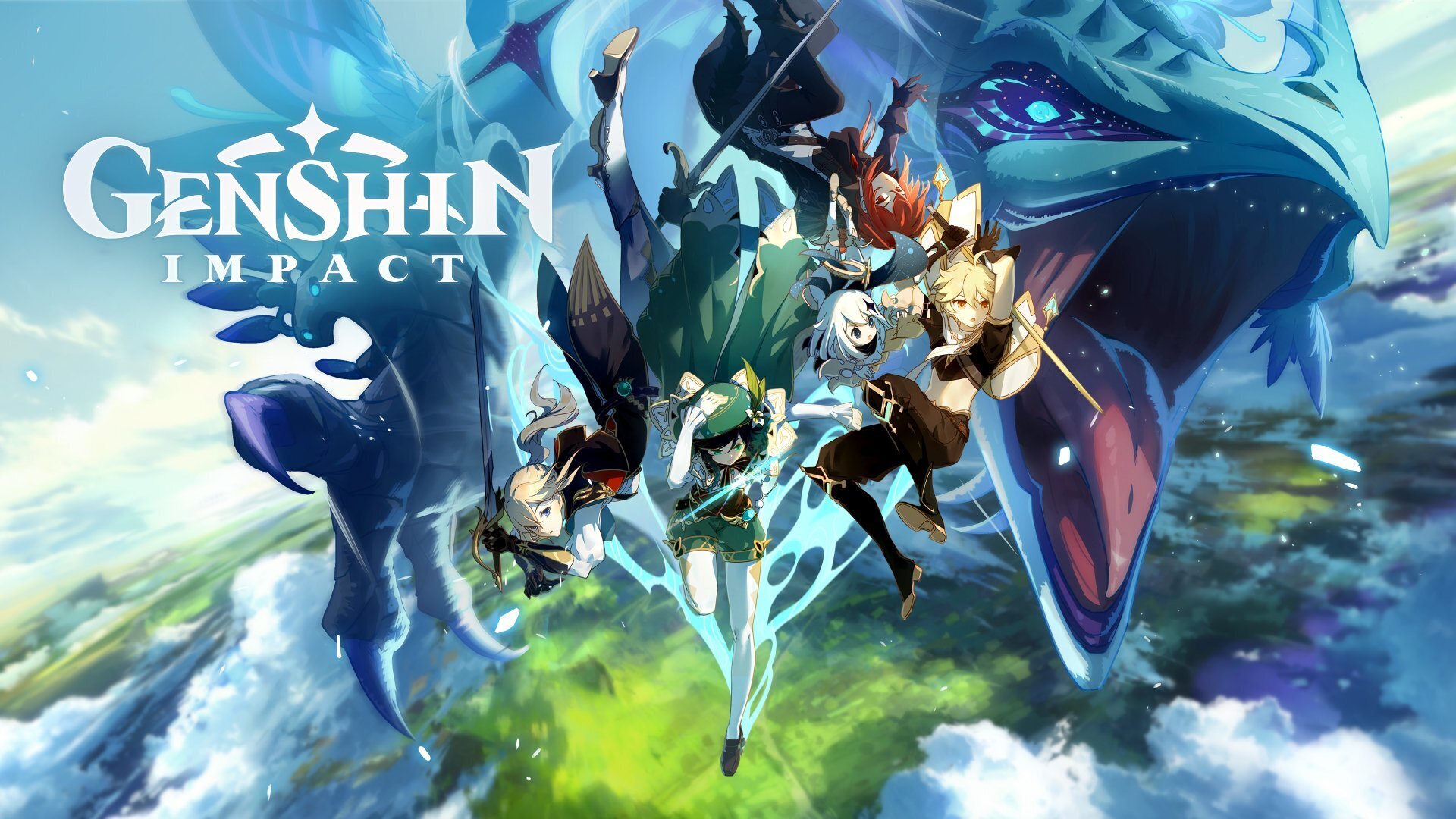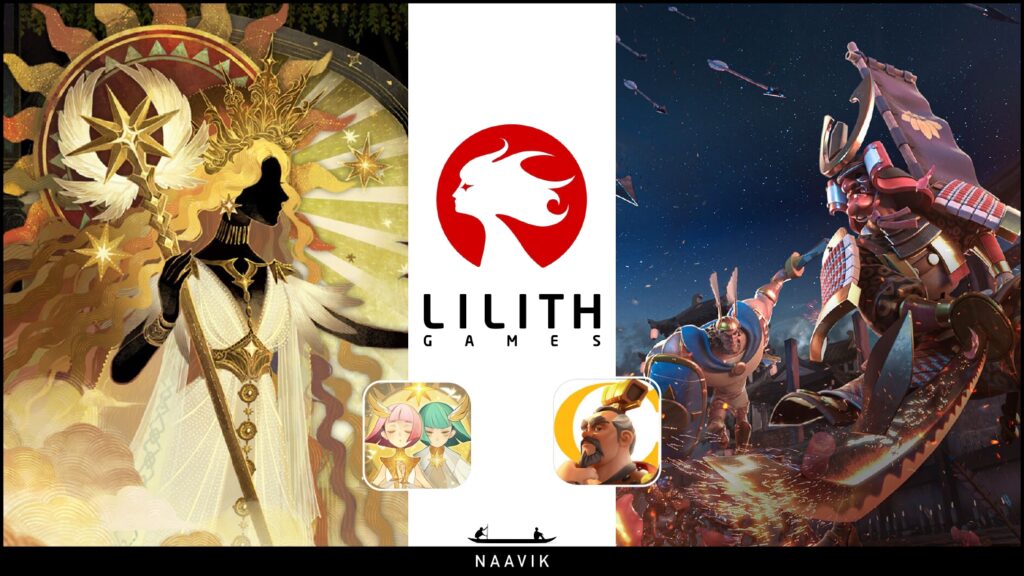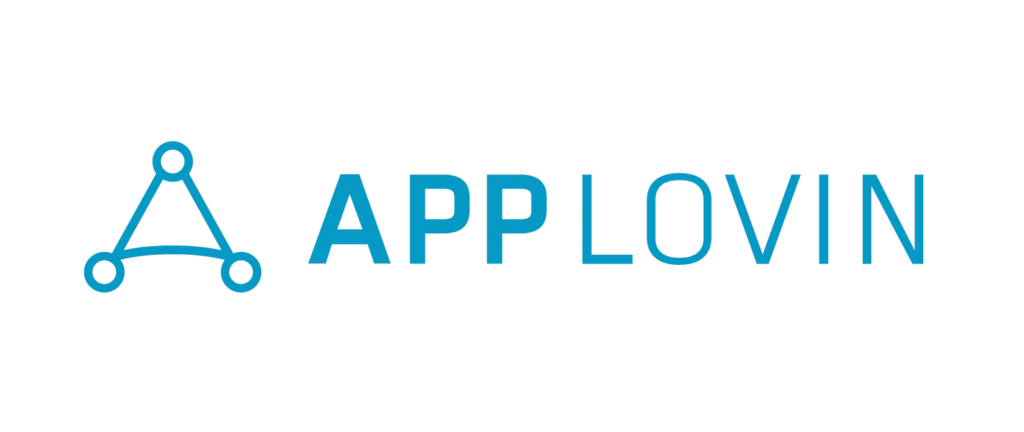Hi Everyone! If you’ve been enjoying MTM, please consider forwarding it to your colleagues, friends and work acquaintances, who might also find this content valuable. We’d super appreciate it!
Deconstructing Genshin Impact
Every once in a while, a game comes along that marks the start of an inflection point in the mobile industry. Major tectonic shifts were felt with the launches of Angry Birds, Candy Crush, Clash of Clans, and Clash Royale, to name a few. In 2020, there was one game that made similar waves - Genshin Impact. This week we’re diving back into our archives to revisit Naavik’s exclusive breakdown about one of last year’s biggest hits. This breakdown is worth revisiting.
#1: Roblox: Swift & Steady Execution
Source: Business Guide Africa
This week, Roblox reported its second quarter results, which were expectedly solid, informative, and interesting. Let’s dive into the highlights and then share some takeaways.
A Look At The Numbers
These are the most important metrics (all YoY):
-
Average Daily Active Users (DAUs) increased 29% to 43.2M
-
Hours Engaged increased 13% to 9.7B
-
Bookings increased 35% to $665.5M (or $0.068 / hour engaged)
-
Average Bookings per DAU (ABPDAU) slightly decreased to $15.41
-
Free Cash Flow increased 70%+ to $168.0M
-
Also, based on July metrics, there’s modest sequential growth
A few quick reflections on these numbers:
First, always look at bookings instead of revenue, because revenue (which leapt 127% YoY) lags bookings (bookings get recognized as revenue over 23 months, the average life of a player).
Second, yes, the major gap between revenue and bookings growth showcases steep deceleration. That makes sense since Q2 last year was the depths of quarantine, but 35% bookings growth despite tough comps is still quite good.
Third, 25% of bookings converting into free cash flow is impressive. It won’t stick — they’ll continue to reinvest back into the business and creators. There was a one-time litigation settlement, but it gives a sense of what’s possible longer-term. (And who knows how app store fees could change in the coming years, adding perhaps another tailwind).
And lastly, a decreasing ABPDAU (that’s a mouthful) isn’t as bad as it seems. In short, ABPDAU growth lags engagement growth, and engagement growth lags user growth. Therefore, as long as DAUs are nicely expanding, there’s good reason to expect that to translate into heightened engagement — and therefore heightened ABPDAU — in the future. Of course, other factors like quick user growth in emerging markets can impact that overall number too, and it will eventually make sense to break it out by region (like Facebook does). That said, per user monetization (as well as per hour monetization) is still relatively low, and there’s significant room for long-term expansion.
Beyond The Numbers
There’s more to Roblox than financial numbers. The platform continues to broaden its reach, serving more users and creators. International expansion is proving to be an accelerant, and the platform is experiencing a bilateral network effect; in other words, even though different countries may have their own top experiences, some experiences are translating well between regions and driving global growth. This was also the first quarter ever in which over half of Roblox’s users are 13+ years old. That older age group — led by the 17-24 cohort — is growing twice as fast. Aging up the platform remains a critical task, but all signs — user metrics + upcoming tech improvements — are so far positive.
From a creator lens, it’s also worth noting that concentration in top experiences continues to fall. The top 10 experiences currently account for 37% of Robux earned, a major decrease from 58% a year ago. As more casual and professional teams continue to build ever-improving experiences for more diverse audiences, I expect that number to gradually fall further.
There’s also a bunch of cool things happening on Roblox. This quarter, the Gucci Garden showcased digital fashion items. Netflix launched a Stranger Things world for fans who are waiting for the next season. There was a virtual launch party on Roblox for In The Heights. And not only is Roblox continuing to partner with Sony Music on events, but they also struck a partnership with BMG as well. These immersive events are starting to get 10s of millions of visits, but I suspect engagement in these events will continue to grow by orders of magnitude in time.
Roblox’s vision and platform are vast + complex, and they are building rapidly. This means scalable hiring, heavy R&D, and ongoing M&A. Recently, Roblox acquired both Bash Video (video conferencing) and Guilded (similar to Discord). Neither of these deals move the needle financially (and the fact that Guilded serves other games isn’t really the point), but it shows that Roblox is hyper-focused on building out its suite of communication tools (and adding great talent to its team). After all, Roblox is just as much a budding, immersive social network as it is a platform for games and experiences. And part of what will help Roblox maintain its lead over emerging competitors is building socials features that tighten its network effect in ways others can’t immediately imitate or penetrate. Of course, we’ll likely see far more M&A around different technologies (social, safety, infrastructure, game engine, etc.) going forward.
Roblox is one of my favorite gaming-related companies to follow, because it’s not just aligned with where the world is headed… it’s driving it. It’s easy to be excited not just by the various growth metrics but also by the wide range of possible emerging experiences of which creators are still scratching the surface. If Roblox plays its cards right, then it has the makings of a business that can grow quickly for longer than most would expect. The past two years were transformational for the business, but there’s obviously more compounding to come (despite challenging near-term comps). The company’s $2.6B bookings run-rate could genuinely grow to be far larger than most, if not all, leading publishers. Given the company’s $45B market cap, that’s becoming a consensus view, but perhaps the real question is whether even that is thinking too small. (Written by Aaron Bush)
Sponsored by Dive
Analytics & LiveOps for innovative platforms
Roblox? NFTs? Snapchat?
On top of traditional platforms like PC, web or mobile, we love innovative platforms.
Our endless customization possibilities make it possible.
Recently we have integrated with Roblox games, being the first in the industry to provide deep insight into metaverse games and offering unique LiveOps features like segmentation and A/B testing for the Roblox platform.
Our dedicated data expert team with a unique hands-on approach allows us to support you in every step of the process.
#2: Creators & The Future Of Video Game Publishing
Source: Gamerant
It’s impossible to deny the influence that creators are having on the gaming industry. Titles like Fortnite were propelled into the mainstream on the back of some of Twitch’s biggest names, incentivizing most AAA studios to build creator marketing into their launch strategies from the get-go. It also speaks to the unique benefit that most of gaming’s biggest creators command — authentic, targeted distribution. Your favorite streamer might not have the same reach as the Super Bowl, but their audience is filled with highly engaged, relevant fans who trust the person they’re watching.
While the reach these influencers hold feels like a super power, the truth of the matter is that much of the distribution afforded to creators is borrowed - if a streamer decides (or is forced to) pivot to a new platform, they can't bring the community they spent years cultivating with them. The pseudo-ownership of their communities is exactly why the we see creators diversifying their businesses into low barrier-to-entry markets like merchandise or apparel. But while selling shirts or jerseys is a viable way to make a quick buck, it’s the growing trend of creator game studios, like the ones launched by Dr. Disrespect and MeganPlays, that are so interesting to me. Rather than partner with a AAA developer on a marketing strategy or sponsorship, these big names are leveraging their brands and distribution to cut out traditional publishers, capturing more upside by creating a mutually beneficial relationship for both creator and developer. Let’s break down that relationship a bit more:
In Service of Creators
I already outlined the general importance of revenue diversification for creators above. That is to say, selling merch or doing meet & greets might be a lower lift than making a video on YouTube, but the returns they present are linear. Simply put, one more shirt = one more dollar. With a larger upside business like game development, the more popular a game becomes, the higher returns a creator sees. Its growth is exponential. This return is even more valuable when you consider how much information about consumer preferences that creators can bring to the games they help publish and distribute. With their own publishing studios, these creators can take that feedback from their community and build a game that is directly addressing their needs.
But the gains creators see from exponential investments aren’t purely financial. Having more stable income streams affords creators the freedom to evolve and explore new types of content, even if that content results in fewer subscriptions or ad dollars. Streamers like Ninja, NICKMERCS, and even Doc have gone on the record stating that just because a specific game helped make them big, doesn’t mean they want to stream it 24/7 for years to come. By having solid financial ground to stand on through consistent income via game studios, streamers can take big swings with new types of content while mitigating the risk of burnout or monetary losses.
In Services of Developers
Meanwhile for small independent developers, creator studios offer a viable distribution alternative that comes at a lower cost than traditional publishers. To put it in perspective, games lawyer Kellen Voyer suggests that after working on hundreds of publisher agreements, the average take rate from a big name can land somewhere north of 40%. Even with indie-friendly publishing deals like Epic Games (they will cover all development costs and offers a 50/50 revenue split), the total cost of that distribution eats into a significant portion of the money devs expect to make.
On the flip side, a creator-led publishing deal has the potential to offer similar services at a fraction of the cost. While major publishing organizations can employ hundreds if not thousands of people, partnering with a small, high-impact group of creators can net similar numbers of engaged fans with fewer people to bankroll in the process. Fewer people bringing the game to market means creators can maintain publisher-esque margins on lower revenue splits for developers. We’ve already seen creator go-to-market in action with games like Apex Legends and Among Us, both of whom benefited from creator-driven exposure that resulted in millions of new players only a few months after launching. And as creator collectives like Offline TV or the Dream SMP continue to form, developers can maximize success by diversifying their distribution through multiple creators in a single deal, rather than just one big name.
The world of online creators is often referred to as a “new class of SMBs”, but I don’t think that’s quite right. While creator businesses can employee small groups of dedicated individuals, the impact of those organizations can rival even the biggest AAA studios. As we look ahead to creators expanding beyond the small screen into non-content driven business lines, keep an eye on your favorite streamer. They could be the source of the next big hit. (Written by Max Lowenthal)
🎮 In Other News…
💸 Funding & Acquisitions:
-
Mountaintop Studios raised a $30M Series A led by Andreessen Horowitz with participation from Spark Capital, Founders Fund, and Detroit Venture Partners. Link
-
TinyBuild acquired Animal, makers of Rawmen, for $10.2M. Link
-
Forevr Games raised $8.5M from Bessemer to make VR social experiences. Link
-
Andreessen Horowitz announced a $4.6M investment in Yield Guild Games. Link
-
Embracer announced three more acquisitions (after eight last week!) through its subsidiary Saber Interactive. Link
📊 Business:
-
More earnings reports: Remedy | SEA. (We previously analyzed their Q1 earnings here)
-
FB debuted a VR workspace. Link
-
Epic Games Store began a closed beta for self-publishing, putting it in even more direct competition with Steam. Link
🕹️ Culture & Games:
-
GOALS is a AAA football game that will be F2P, cross-play, and multiplayer first with an NFT component. Link
-
Fortnite launched “Fortnite Imposters”, which on first blush is the same concept as Among Us (although, it’s not the first battle royale to do this). Link
-
Logan Paul announced his crypto-gaming project, CryptoZoo. Link
👾 Miscellaneous Musings:
-
Designing Virtual Worlds released a public PDF. Link
-
Amy Wu Twitter thread on large game publishers designing for blockchain gaming. Link
-
“Subnautica: Below Zero is Another Landmark in Video Game Horror”. Link
-
“Designing For Meaningfulness — Player Freedom and Prototyping Exploration Mechanics”. Link
🔥 Featured Jobs
-
Carry1st: Ad Monetization Manager (Remote, Global)
-
BITKRAFT Ventures: Crypto and Gaming Analyst (Remote, US or EU)
-
Supersocial: Head of Business Performance (Remote, US)
-
Supersocial: Principal Analyst (Remote, US)
-
Metafy: Senior Technical Recruiter (Remote, US)
-
Metafy: Lead Marketing Designer (Remote, US)
-
Not Doppler: Senior Data Analyst(Remote, Global)
-
Immutable: Economy Game Designer (Sydney)
You can view our entire job board — all of the open roles, as well as the ability to post new roles — below.
Thanks for reading, and see you next week! As always, if you have feedback let us know here.












